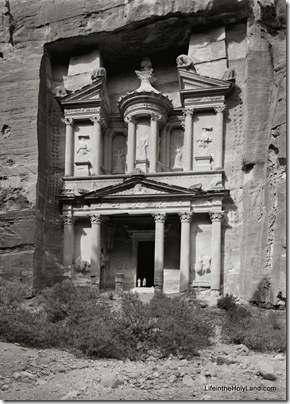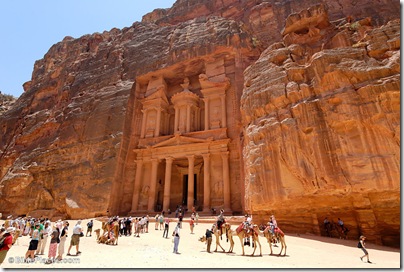In connection with a new exhibit at Tel Aviv’s Nachum Gutman Museum, Dana Schweppe has a profile in the weekend magazine of Haarezt on the Christian Lebanese photographer Chalil Raad who lived and worked in Jerusalem from 1891 to 1948. The article wrestles with whether Raad betrayed the Arab Palestinians because he also took photos of Jewish Palestinians (as they were then known).
[The land of Palestine] could look like an exotic biblical land, like a wonderful wasteland, like a ripe fruit waiting to be picked. All that was needed was the right lens. This was the prevailing mentality when Chalil Raad (whose first name is often given as Khalil ) first picked up a camera and learned to use it. The idea was to photograph Eretz Yisrael not as it was, with its vibrant Palestinian towns and villages, but as the West world wanted to see it: mostly empty and available for the conquering.
[…]
“The Zionist and Palestinian narratives [in Raad’s work] exist in parallel but do not converge into a dialogue,” Sela says. “The photographs tell about two different places that do not interface, even though this is one small country. Each side describes its own fantastical reality.” What sets Raad apart, Sela says, is that his work incorporates both narratives.
[…]
Raad, too, “transgressed” by depicting the country from a viewpoint that Edward Said would decades later term “Orientalism.” He photographed a young Palestinian woman working in a field and titled the result “Ruth the Gleaner”; an Arab in a kaffiyeh evokes the New Testament parable of the prodigal son; and three Palestinians next to a tree are said to be at Gilgal, where the manna ceased to fall. But Raad went beyond the photographic mainstream. He was the first photographer who created an Arab-Palestinian identity by photographing both the Arab community and the rich local life. He photographed the society in which he lived – villages and cities, commerce and industry, agriculture and family life – and informed it with a presence that had never before been reflected in photography.
Raad sounds like an interesting figure and I would love to see his photographs. I wonder, however, if the political angle is overplayed a bit here and Raad was more inspired to photograph scenes he found interesting and people who paid him than he was to contribute to some larger political agenda.
Individual and undated photographs lend themselves beautifully to the viewer creating whatever narrative he wishes.



